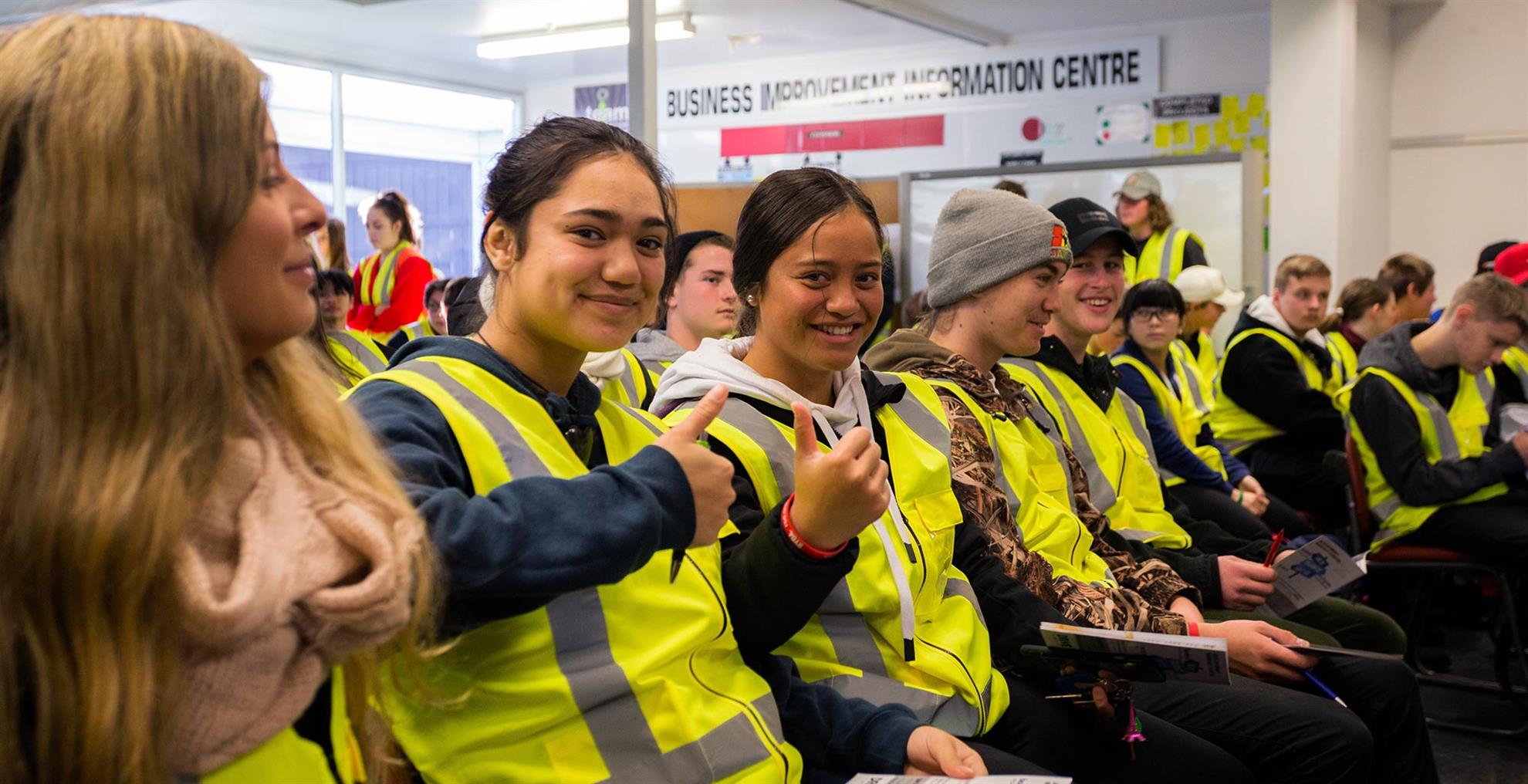
In July 2000, the Hills District of Sydney suffered a devastating loss when four teenage boys lost their lives in an horrendous car crash on Old Northern Road, Dural. The accident occurred at what was considered to be a mild bend in the road when the car, driven by a 17 year old who had held his provisional licence for just three weeks, veered onto the wrong side of the road and collided with a four-wheel drive. The car holding the teenagers, which police estimate to have been travelling at 110 kilometres per hour in a 60 kilometre per hour zone, was virtually torn in two.
Shocked by the senseless loss of such young lives, the Hills Rotary clubs in District 9680 set out to help avoid a repetition of this appalling accident in a practical way by establishing and sponsoring a youth driver awareness program.
A public meeting was held in August 2000 where local Rotary clubs, the Salvation Army, the RTA, local police, councils, schools, businesses, Road Safety officers and community groups were well represented. Current Road Safety Education (RSE) CEO/Managing Director Terry Birss and RSE Directors Paul Pixton and John Loughlin, all Rotarians, were at that meeting. Also attending the meeting was Rotarian Bruce Angus, who had successfully run a small country-focussed driver awareness program in the Wingecarribee area called “U-Turn the Wheel”, which gave RYDA its early model.
John Loughlin summarised the early success of RYDA as a combination of good funding, good people and good support coming together to address a need. Terry Birss added that Rotary attracts people from private enterprise who are particularly good at making things happen – identifying the issues and the resources required and leading the solution. In their favour was strong support from the community, local governments, police and schools who looked to Rotary to lead a change. When asked why a community group took on what might be considered a government problem, Paul Pixton credits Rotary for the speed with which their response happened.
A Committee was formed to develop and adopt a suitable program for roll-out in Sydney. The curriculum and session plans were carefully constructed and refined in close collaboration with the Department of Education and Training, the Department of Transport, the Police Department, the Department of Health and the Department of Fair Trading. The six-session program under the banner “Rotary Youth Driver Awareness” was first introduced in the beginning of 2001 at the Honda Australia Roadcraft Training site in St Ives, Sydney. Approximately 1,200 Year 11 students from six schools in the Hills area attended the program in its inaugural year.
After four years, it became evident that external funding would be needed to bring on staff to ensure RYDA was best practice and to grow its availability. In collaboration with the Rotary District 9680 committee, an independent not-for-profit organisation, now Road Safety Education Limited (RSE), was established. RSE now controls RYDA. While some in Rotary bemoan the change in status and believe other operational models with Rotary still in charge could have been adopted, it remains a fact. That does not mean however that RYDA cannot form the integral part of Rotary youth service that it does, in the same way as the National Youth Science Forum (NYSF).
 With the help of the first corporate sponsor, BOC, followed by others, the RYDA program was expanded further throughout Australia and later to New Zealand.
With the help of the first corporate sponsor, BOC, followed by others, the RYDA program was expanded further throughout Australia and later to New Zealand.
Now, a little over twenty years later, hundreds of thousands of students (around three-quarters of a million) have participated in the RYDA program, held in venues all across Australia. A credit to those who commenced the program and to the many many Rotarians who have helped its spread.
The Name of RYDA
Over the years we have seen many and varied interpretations of what “RYDA” stands for. Of course, the historically correct version is “Rotary Youth Driver Awareness”, but that hasn’t stopped people coming up with “Rotary Youth Driving Awareness”, “Rotary Young Driver Awareness”, “Rotary Young Drivers Australia” and even “Roadsafe Youth Driver Awareness”.
However, the correct approach now is to use “RYDA” as effectively a word, not as an acronym. And while the derivation of RYDA is indeed “Rotary Youth Driver Awareness”, that wording remains exactly that – the derivation but not the current situation.
It is a directive of Rotary International that the word “Rotary” is not to be used unless it is in the context of a Rotary program. RYDA effectively ceased to be a Rotary program when it was taken over by RSE, although it continues to form an integral part of Rotary youth service.
While RSE has its origins with Rotary and some of its board members and employees are Rotarians, it is a standalone entity. Rotary is officially a community partner of RSE, not a parent organisation to it. Rotary and its clubs are coordinators of the RYDA program, not the owners of it. Rotary is no longer in control of RYDA. Hence use of the word “Rotary” in conjunction with RYDA is not sanctioned by RI. Similarly, RSE is not permitted to include the Rotary logo in its advertising, despite the close ties.
Our understanding is that RSE, while being fully aware of the above, are not overly concerned about the preponderance of “Rotary Youth Driver Awareness” signage and the like. They are also well aware and extremely appreciative of the amount of work Rotarians put in to coordinate and assist with implementation of the RYDA program. Bear in mind the presence of original RYDA Rotarians within RSE management as mentioned above. It is a matter that is not likely to be high on RI’s list either.
So therefore, while it is unlikely that any adverse issues would arise out of use of “Rotary Youth Driver Awareness”, such use is inaccurate, is not current and is not sanctioned by RI. Nevertheless, despite the above we should celebrate the role Rotary and its members across Australia have played in the growth of this most worthy program called RYDA and the number of lives influenced and road trauma events prevented thanks to it.




